SUMMARY
This is AI generated summarization, which may have errors. For context, always refer to the full article.
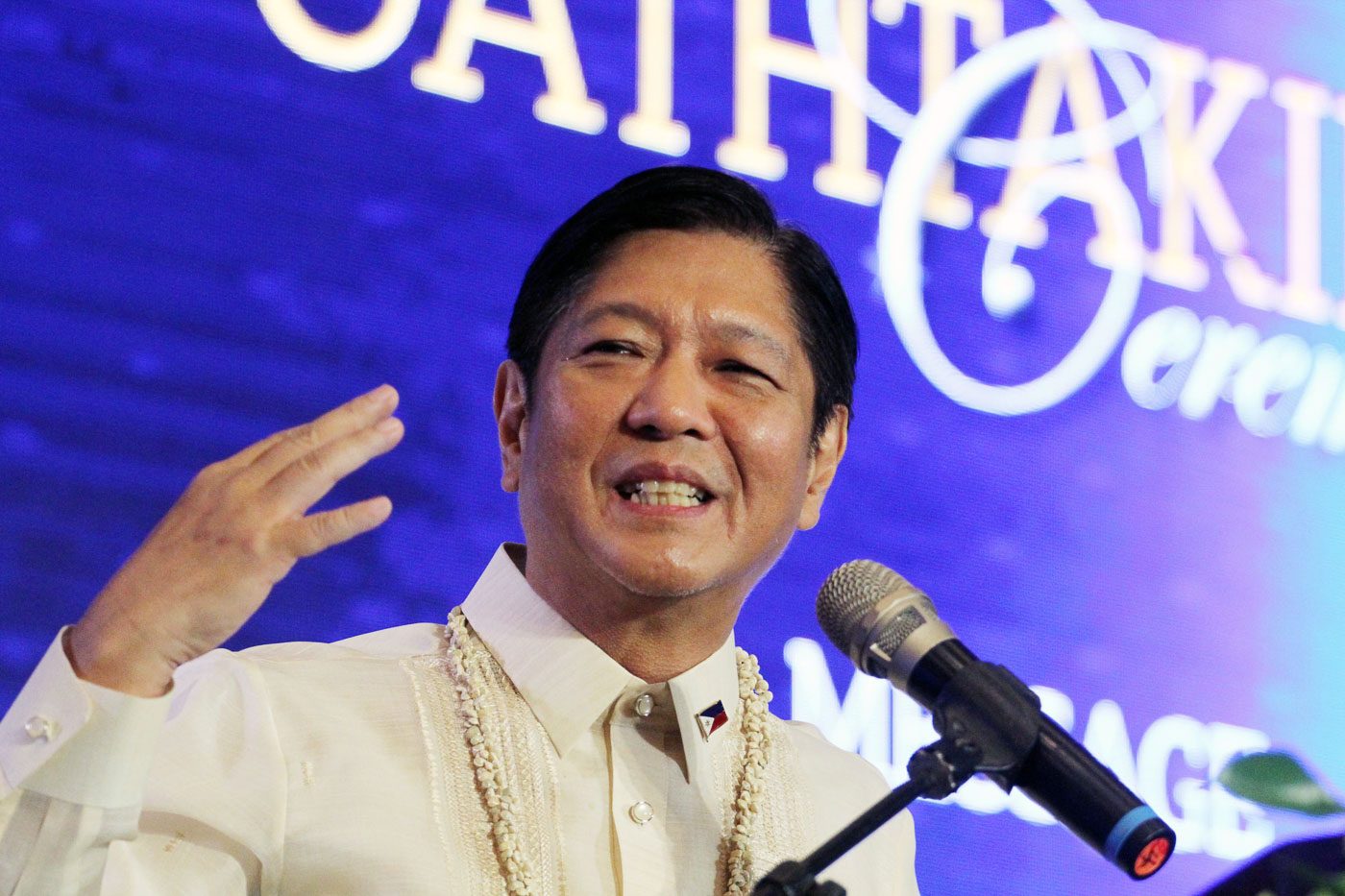
MANILA, Philippines – President Ferdinand Marcos Jr.’s economic managers are setting the bar high in terms of growth targets and infrastructure spending.
In a briefing on Wednesday, July 6, Finance Secretary Benjamin Diokno said these goals would be more ambitious than what former president Rodrigo Duterte aimed for and achieved.
Poverty
Marcos’ economic team is aiming to bring down poverty to single-digit levels by 2028, which would be the lowest in history.
“If I remember right, it started at around 25% during Duterte’s first year in office…. But our target under this framework is that poverty rate will be down to 9% by 2028,” Diokno said.
The poverty incidence among Filipinos rose to 23.7% in the first half of 2021, equivalent to 26.1 million Filipinos, based on official data from the Philippine Statistics Authority. This rose from the 21.1% recorded in 2018 due to the pandemic.
The finance secretary is also optimistic that the Philippines will be considered an upper middle-income country or an economy with a per capita income of $4,046 by the end of Marcos’ term.
Growth
The Marcos administration is aiming for gross domestic product (GDP) growth within the 6.5% to 7.5% range in 2022, then 6.5% to 8% from 2023 to 2028.
“Mas ambisyoso kami eh…kasi maraming bagong reporma eh (We’re more ambitious because we have a lot of reforms). I think we can,” Diokno said.
He said the target for 2022 is the highest in Southeast Asia.
Meanwhile, the government seeks to reduce the budget deficit to 3% of GDP starting 2026 until 2028. The budget deficit as a share of GDP stood at 6.4% in the first quarter of 2022.
Infrastructure
Filipinos will see more spending for infrastructure under Marcos, according to Diokno.
The finance secretary said they are committed to spending 5% to 6% of GDP for infrastructure annually, between 2023 and 2028.
“As you know, during the last 50 years before Duterte, the spending on infrastructure was only less than 2%,” he said. (READ: Build, Build, Build: Mapping the Duterte administration’s infrastructure legacy)
Debt
Diokno said the country’s debt levels will go down to 60% of GDP by 2025.
Currently, it’s at over 63%, which is slightly above the 60% threshold of multilateral lenders. – Rappler.com
Add a comment
How does this make you feel?
![[In This Economy] Is the Philippines quietly getting richer?](https://www.rappler.com/tachyon/2024/04/20240426-Philippines-quietly-getting-richer.jpg?resize=257%2C257&crop=194px%2C0px%2C720px%2C720px)
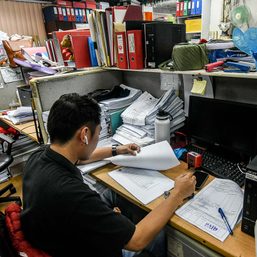
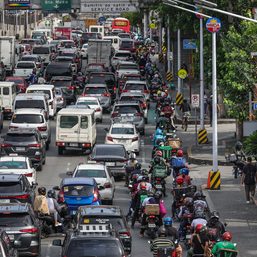
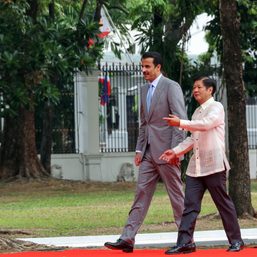
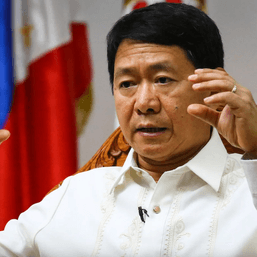
There are no comments yet. Add your comment to start the conversation.